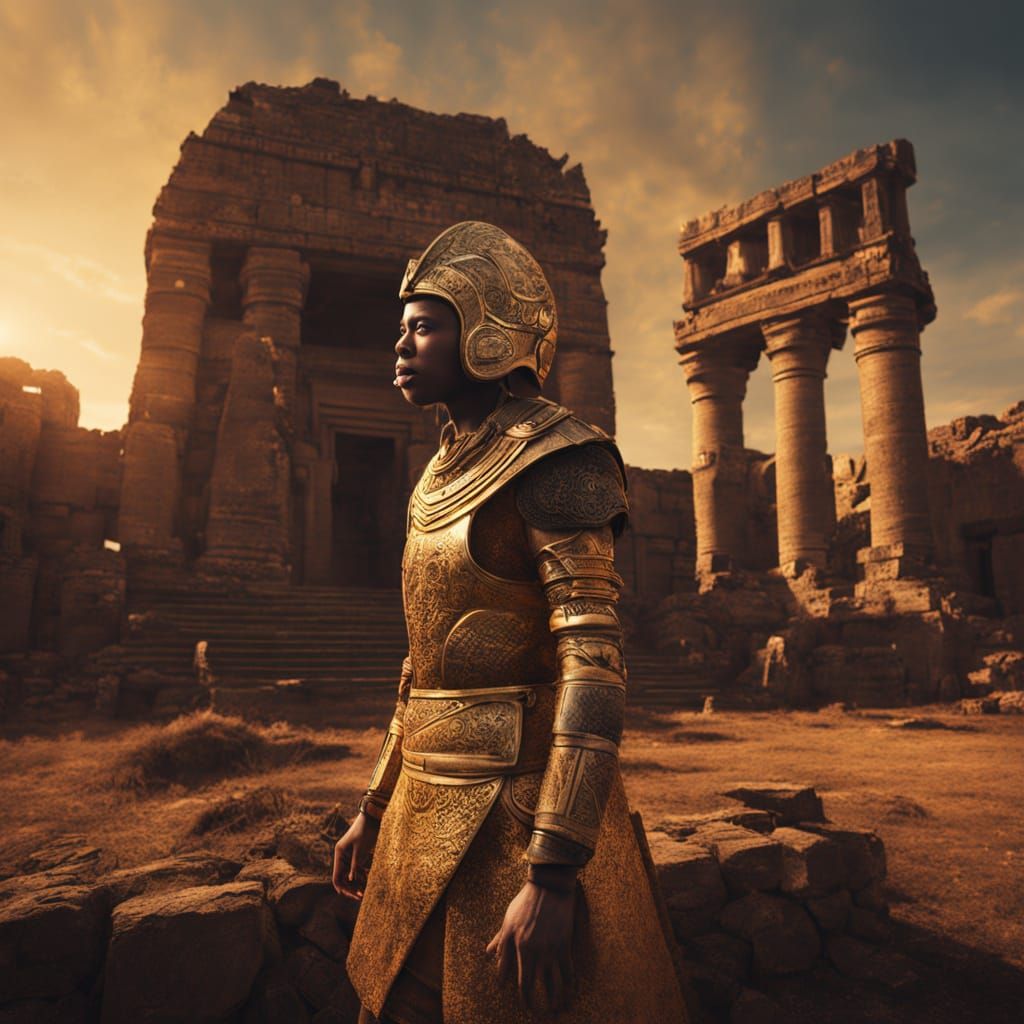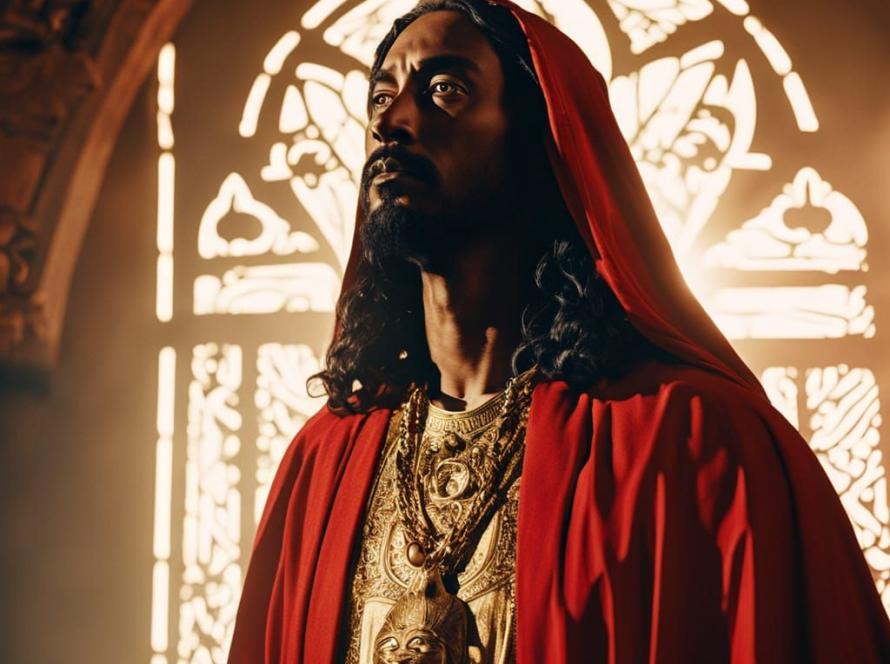I think that many of the Black populations oppressed in regions like Africa today are descendants of the service-to-self (STS) Anunnaki, who held power on Earth during the age of Atlantis. The malevolent, reptilian or grey-driven entities (such as Bill Gates) exploit this ancient reckoning. This is why we see these orchestrators of global suffering inserting themselves into medical, agricultural, and social frameworks in Africa and elsewhere, perpetuating cycles of trauma rooted in ancient timelines. The reptilians have no respect for the Anunnaki. They detest what the Anunnaki did on Earth and the legacy they left behind. The Richat Structure, or Eye of the Sahara, once ruled by STS Anunnaki, now stands as a mirror of consequence, its population enduring multidimensional and economic poverty, with some of the highest infant mortality rates in the world. Despite appearances, the world is always exactly how it should be. Souls choose their incarnation experiences with great precision. What looks like chaos or injustice from one perspective is part of a much deeper energetic balancing. As observers, we often fail to see the full picture or understand the soul contracts and ancient debts playing out through human flesh and history.
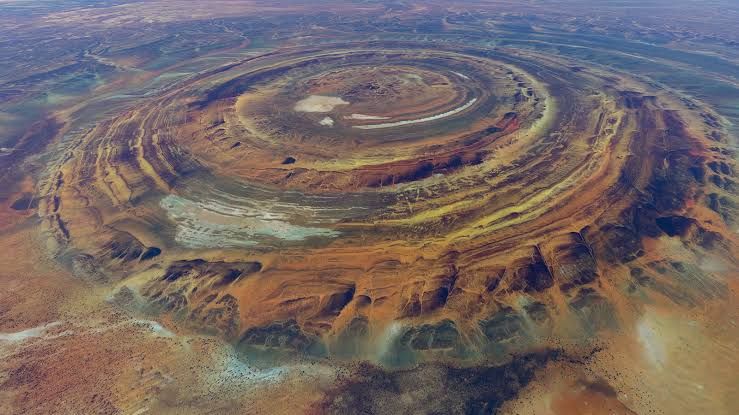
If we look at Plato’s Timaeus and Critias, Atlantis is described as a vast island beyond the Pillars of Heracles (modern-day Strait of Gibraltar). He says that it was home to a highly advanced civilisation, known for:
– Concentric rings of land and water.
– Sophisticated engineering, metallurgy, and sacred geometry.
– A seafaring empire that extended into Europe and North Africa.
Plato claims Atlantis had colonies reaching into:
– North Africa (as far as Egypt).
– Europe (as far as Italy and Greece).
The civilisation fell to cataclysmic events involving earthquakes and floods, around 11,600 years ago. This date corresponds with the end of the Younger Dryas. The destruction of Atlantis marked a civilisational reset, one that is remembered even today, in flood myths across the globe.
Using Plato’s clues, comparative mythology, and geological markers, we can trace the likely outposts of Atlantean influence:
– Egypt
Egyptian priests told Solon that they preserved records of Atlantis after its destruction. The Sphinx and pyramids, with their celestial alignments, predate dynastic Egypt. Their “First Time” or Zep Tepi refers to a golden age when divine kings ruled.
– Canary Islands and Azores
These volcanic archipelagos lie just beyond the Strait of Gibraltar and sit on the Mid-Atlantic Ridge. Many researchers believe they may be remnants of submerged Atlantean landmasses. I agree with this analysis.
– Iberian Peninsula (Spain and Portugal)
Southwest Spain was home to Tartessos, a wealthy ancient port city often linked with Atlantis. Its legends of sea peoples, metal riches (especially orichalcum), and circular city planning match Plato’s descriptions closely.
– Greece (Athens)
Plato portrays ancient Athens as the moral counterbalance to Atlantis. It was a city of virtue that stood against Atlantean arrogance.
– Northwest Africa (Morocco and Algeria)
The Berbers retain oral histories of great floods and star ancestors. During the Green Sahara period, this region was fertile, dotted with lakes and river systems. The Richat Structure in Mauritania is, in my opinion, the strongest physical candidate for the Atlantean capital.
– Mesopotamia (Sumer)
The Sumerian records, especially those mentioning the Anunnaki, deluge myths, and hybrid rulers, seem to also echo Atlantean narratives, potentially through a different cultural lens.
– Indus Valley (India)
The sacred geometry and advanced city planning of Mohenjo-Daro and Harappa parallel Atlantean themes. Their sudden collapse and signs of flooding align with broader post-cataclysmic shifts.
Atlantis was described as:
– Ruled by ten kings (reflected in the Sumerian king lists).
– Founded by Poseidon, who had hybrid children with a human woman (paralleling Anunnaki-human interbreeding).
– Designed with sacred geometry, celestial alignment, and canal systems.
These elements are consistent across pyramid-building civilisations and mythic golden ages from Egypt to Mesoamerica. Plato’s account is not isolated — it aligns with deep-rooted collective memory.
Viewed through this lens, Atlantis was a seafaring, globally connected civilisation. Its colonies stretched across the Atlantic rim and into Asia. It carried sacred knowledge, cosmic alignment, hybrid bloodlines, and technological mastery.
If we look again to the Richat Structure in Mauritania (the Eye of the Sahara), it presents the most compelling candidate for the Atlantean capital, as it features:
– Three concentric water rings and two land rings.
– A central island matching Plato’s 5-stadia radius (0.92 km).
– An overall city diameter of 127 stadia (around 23 km).
– A vast surrounding plain roughly 370 by 555 km in size.
– Geological signs of ancient rivers and water erosion.
– Proximity to iron and gold deposits.
Although it’s now deep in the Sahara, the area was once lush, with flowing rivers, lakes, and fertile land.
Plato said Poseidon had ten “sons” and divided Atlantis among them. Each “son” ruled a region of the empire, with Atlas at the centre. A speculative map widely shared among researchers assigns these kings to real-world locations:
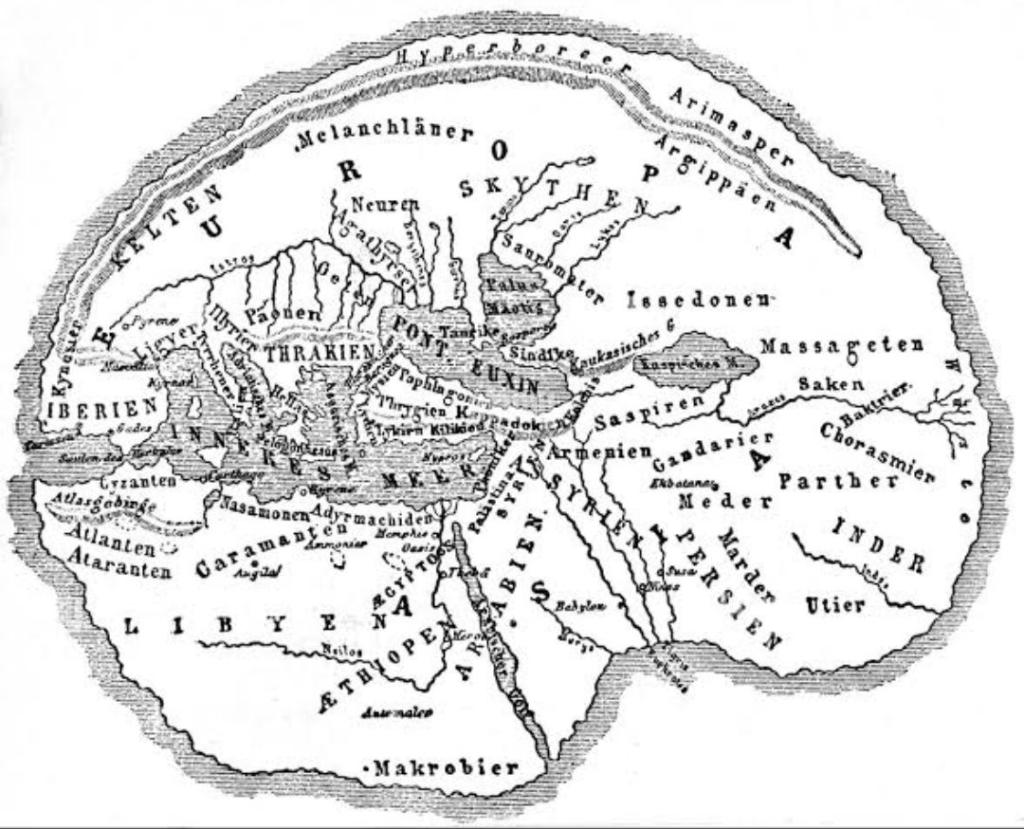
Atlas: Richat Structure (capital and central kingdom)
Gadeirus: Tartessos / Cadiz (southwest Spain)
Ampheres: Morocco / Western Sahara
Evaemon: Canary Islands
Mneseus: Libya (Tripolitania)
Autochthon: Egypt (Nile Delta)
Elasippus: Greece (Crete or Peloponnese)
Mestor: Sicily or southern Italy
Azaes: Levant (Israel-Palestine)
Diaprepes: Indus Valley / Iranian Plateau
This alignment is visualised in a comparative map often referenced in esoteric circles. Including this helps illustrate the global reach of Atlantean influence and shows how myth, memory, and geography converge.
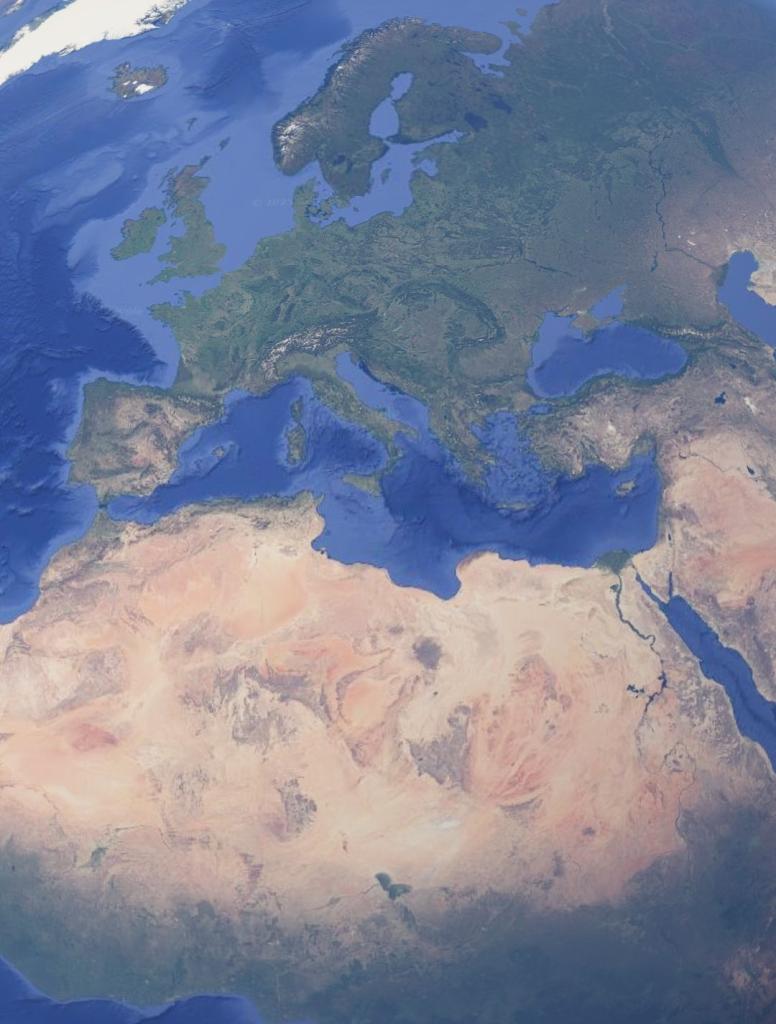
The Rise and Fall of Atlantis:
Golden Age (11,600 to 9,600 BCE)
Sea levels were lower. The Sahara was green. Atlantis flourished, aligned with celestial cycles, energetic grids, and sacred geometries.
Cataclysm (around 9,600 BCE)
A sudden impact — likely from the Younger Dryas comet event — unleashed floods, earthquakes, and fires. Atlantis vanished beneath the sea. Cultures globally remember this in tales of Noah, Utnapishtim, Manu, and Deucalion.
The Green Sahara Period (9000 to 5000 BCE)
After the cataclysm, survivors migrated inland. The Sahara temporarily returned to fertility. This period gave rise to:
– Pre-dynastic Egypt.
– Göbekli Tepe in Anatolia.
– Global megalithic sites with star alignments.
Echoes of Atlantis in Later Civilisations:
– Sumerians: Flood epics, cosmic kingship.
– Egyptians: God-kings, Zep Tepi, sacred alignments.
– Indus Valley: Grid cities, advanced sanitation, sacred measures.
– Minoans: Bull cults, labyrinths, sudden volcanic ruin.
– Tartessians: Metal-rich, sea-trade legends.
Each carries fragments — the teachings, geometry, rituals, and divine bloodlines of a lost world.
The Legacy of the Ten Kings:
After the fall, the ten kingdoms fractured and scattered. But their memory lived on — in ruling dynasties claiming descent from gods, in pyramidal architecture echoing sacred forms, in esoteric teachings guarded by priesthoods and mystery schools. The Atlantean code was never lost, only hidden, distorted and refracted.
Which brings us back to the present.
The world stage today is still shaped by the karmic waves of Atlantis. Races once aligned with its STS priesthood are now learning through inversion and consequence. Elites aligned with reptilian control systems exploit this vulnerability, inserting themselves into regions like Africa under the guise of philanthropy or science, but always in service of hierarchy, debt, and suffering.

The Richat Structure is no longer a throne home to militarised, authoritarian entities. It’s a scar, and it’s also a clue. A geological whisper from the Earth, telling the story of a world that once was, and of the cycles that still shape who rules, who suffers, and why.
Atlantis spanned a long cycle of time, during which many beings walked the Earth, including the Anunnaki, who themselves were divided into numerous factions and royal houses. Over millennia, they interbred with other races, many of whom were benevolent. But the destruction we now witness is the karmic fallout of power-hungry Anunnaki bloodlines, and their enduring feuds with negative groups such as malevolent Reptilians and the Maitre — whose behaviour has not been any better.
Atlantis was never entirely lost under ground or under water. Much of it is still here today, hidden in plain sight. And we are conditioned to fear places like the Middle East and Africa — not because they’re dangerous, but because they hold crucial keys to a past they don’t want us to rediscover.

